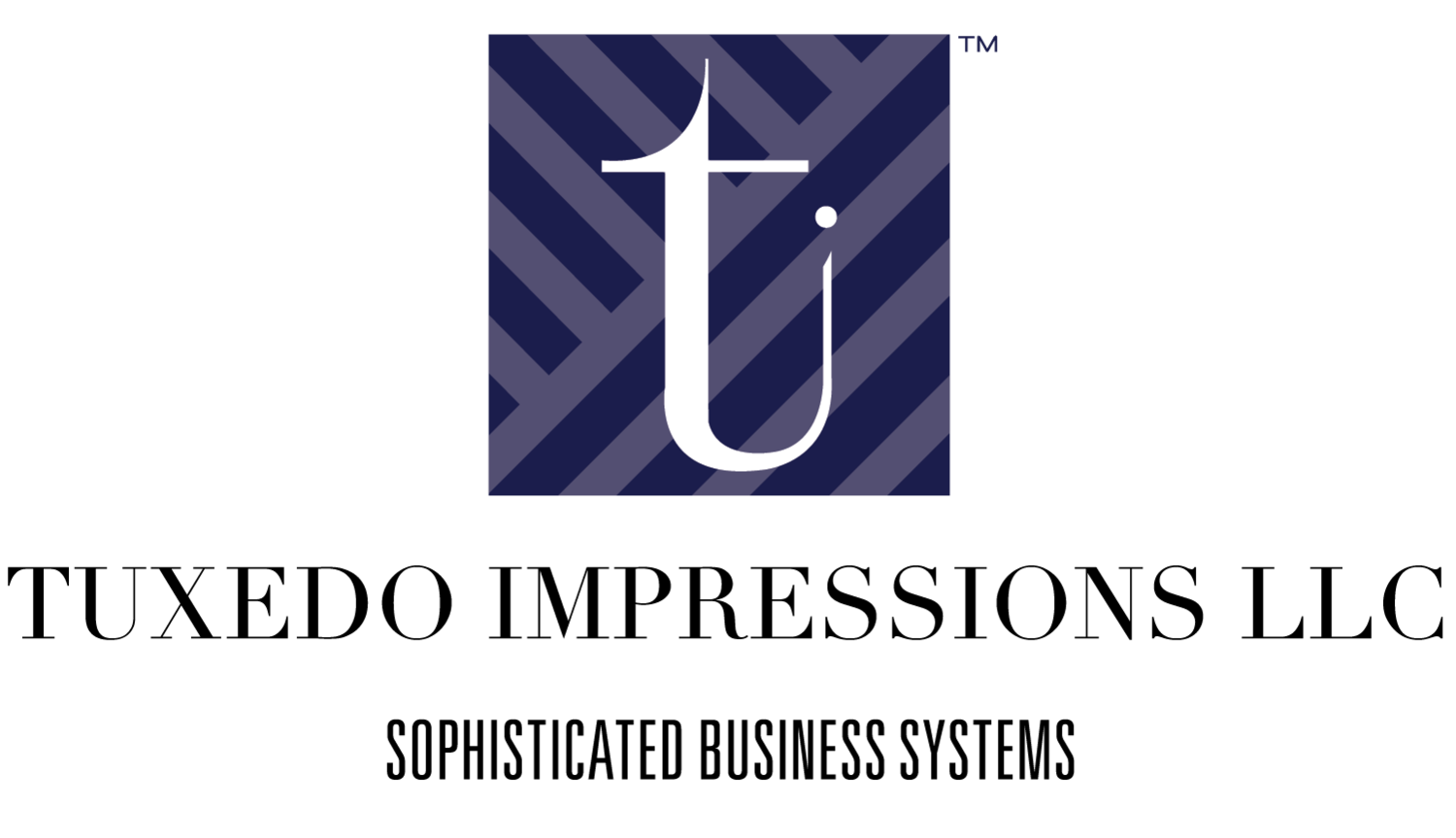In the day-to-day operations of running a small business, there are several routine tasks that require a lot of time and detailed attention from employees. Big businesses may have the staff to delegate these tasks to throughout the company, but for a small business, assigning these tasks can be a lot to ask of a limited amount of staff members. In such cases, it may be wise to turn to automation and rely on some of the software and programs that modern technology provides to help your small business save time.
Below is a list of ten areas where it might be beneficial to rely on automation in your small businesses.
#1 Scheduling Appointments
Have you ever missed a meeting with a client because you either double booked or the appointment got lost in translation altogether? Using a tool that helps automate scheduling is great because it can connect to your Google accounts, iCloud, Outlook, and even social media platforms to provide a comprehensive overview of what you have on your schedule. If you make an appointment with someone via email or social media, all you have to do is click the date you outlined in the message and it will automatically be added to your calendar.
Scheduling is then made much easier because you can simply share a link with the people you intend to meet with, and they can either choose which time works for them or once you’ve settled on a date and time, they can add it to their calendar as well. This is best used in scheduling job interviews with potential candidates or meetings with your remote colleagues and business leaders.
Tools: Calendly, Acuity Scheduling
#2 Video Conferencing
Nowadays, video conferencing is widely used by small businesses. When you have freelancers who work remotely from each other, finding time to meet face-to-face to discuss important matters can be quite a challenge. But through applications like Zoom, connecting is made easy with a user-friendly interface, recording capabilities, and screen-sharing.
One notable feature about this particular program is Zoom Rooms. These allow the user to make virtual meeting spaces that are accessible to their employees at any given time. Meetings can be set in just a click! Even if you are far from each other, you’d be able to do unscheduled meetings on the run. This allows you to keep communication open so employees and clients can reach you easily.
Tools: Skype, Google Hangouts, GoToMeeting, Zoom
#3 Social Media Management
One important aspect of marketing for small businesses is social media management. Small businesses must be able to track engagement and develop their reach through various social media networks. Creating content for your social accounts may be easy, but posting your content at peak traffic times for all of your networks maybe difficult, especially if you have target markets in various countries.
Let’s say the peak time to get the most traffic in one particular region happens to be at 2am your time. No one wants to have to wake up at 2am just to click “send” on a post, right? When you automate social media management, you can connect your Facebook profiles and pages, Twitter, Instagram, Google+, Pinterest and even LinkedIn and schedule when and where each post should be sent. The program will automatically queue your updates and post them at peak hours, therefore boosting your online presence and freeing you up to focus on other things.
Tools: Hootsuite, Zoho Social, Buffer
#4 Email Management
While it’s widely acknowledged that email marketing can boast a 3,800% ROI, “automated email messages average 70.5% higher open rates and 152% higher click-through rates than ‘business as usual’ marketing messages.”
Email marketing is one major strategy that small businesses can use to reach out to their clients and partners. Businesses can use emails to share about deals they’re offering, changes in the policies or procedures of the company, and much more.
Once you have drafted the email, you can use an email management program to send the email to specific groups of people, schedule the day and time you would like the email to be sent out, and you can use attractive templates to catch people’s attention. This helps in building credibility, improving communication, and boosting sales.
Tools: Vero, Drip, GetResponse, Mailchimp
#5 Chatbots
Good customer service is vital to the success of a small business. As much as you may want to be available to your customers 24/7, this is not always possible. This is where chatbots can provide a great support. If a customer visits your website after work hours with a question, the pre-programmed chatbot will respond automatically to the customer and help them arrive at a solution.
This will help improve sales and marketing, since people will be able to see how responsive your business is to their inquiries and needs. Small business owners, through these chatbots, will be able to respond quickly to the queries of their customers and will have more potential to captivate their loyalty and interest.
Alternatives: ChattyPeople, Telegram Bots, Chatfuel
#6 Time Management
When it comes to time management in small businesses, there are tools such as Time Doctor, that can keep track of the progress of your employees. No business is perfect. Owners and employees alike may get distracted and derailed from accomplishing tasks on time. Truth be told, mastery of productivity is quite complicated to achieve, when you consider all of the factors that affect how we spend our time in the workplace.
Using tools like this can be helpful in guiding you to fully maximize your time. Not only that, but keeping track of your employees’ timesheets will be easier than manually writing down the time they logged in and logged out. Moreover, this encourages your staff to treat time as gold without making them feel like they’re being micromanaged.
Tools: Toggl, Timestation, Time Doctor
#7 Task and Project Management
Task and project management can be tricky, especially for small businesses who have employees working remotely from each other. Using Trello or one of its alternatives will allow small businesses to keep track of all tasks, from what needs to be done to complete a particular a project to daily tasks within the company. You can also use these programs to create boards, attach files and keep track of your progress when it comes to pending projects.
Tools: Asana, Quip, Wrike, Trello
#8 Communication
In this day and age, there are many communication-based tools available for both social and business purposes. In fact, online chatting has become one of the most preferred methods of communication for many people because of how easily and quickly it allows information to be passed from one person to another. Relying on such tools in the workplace is also a quick and efficient way to allow employees and their leaders to communicate better.
Tools: Wire, Skype, HipChat, Slack
#9 Payroll Management
Back in the day, HR personnel would use time cards and spreadsheets to keep track of their employees’ hours. They would have to take it on faith that the times written on the cards were valid, manually add up the totals, apply certain specifications like overtime or sick pay, and generate checks. Today, employees can swipe their IDs and have the accurate time of their arrival automatically logged and the appropriate specifications applied, thus reducing the need for manual input.
As with any automated program, there will be pros and cons that need to be taken into account. These programs would still require supervision from the staff in order to prevent errors. When you’re dealing with people’s paychecks, be sure to handle these matters with the utmost diligence and care.
Tools: PenSoft, Z-Pay, Ultipro, Quickbooks
#10 Visual Content Creation
When a small business is trying to reduce cost, hiring graphic designers to create your branding collateral such as logo, website design and business cards may not be an option at all. Fortunately, there are many online platforms that allow users to create banners, brochure designs, marketing collaterals and so much more.
What’s great about these programs is that they provide templates that can be customized according to your liking. Although the app itself has a lot of design fonts and images that you can choose from that both are free and cheap, you can also upload your own colors and fonts to be consistent with your branding. So, whether you are a professional graphic designer or not, this can truly cater to your needs and provide you with a lot of resources that would really ignite your designing.
Tools: Designrr, DesignBold, Adobe Spark, Canva
~ Maria Kristine, Team Tuxedo Impressions LLC™










